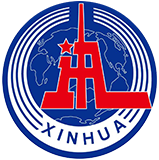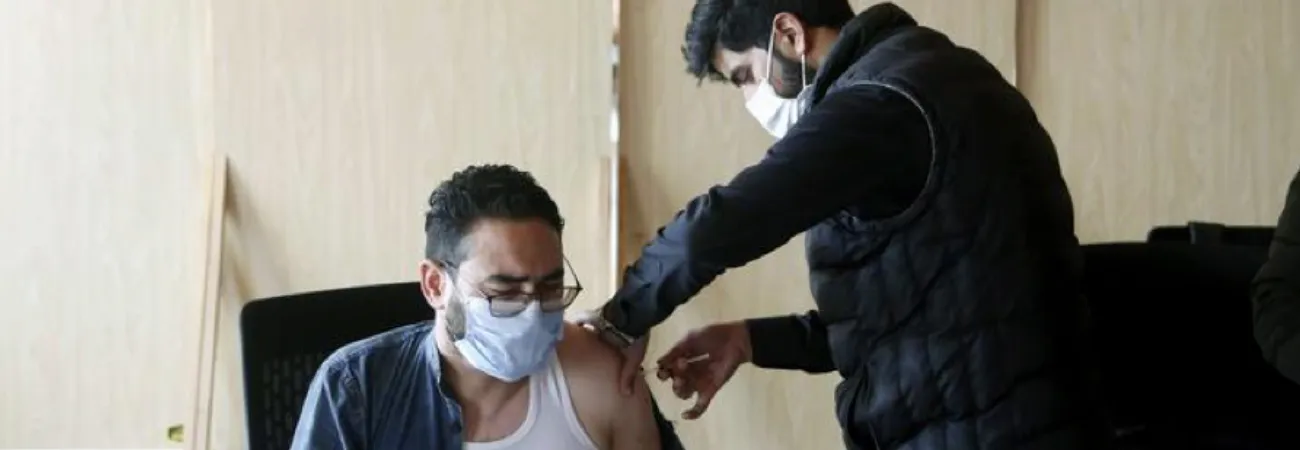XINHUA-PAKISTAN SERVICE
BEIJING, Nov 20 (INP): A Chinese pharmaceutical firm has won International market for a self-developed lymphoma drug, giving a boost to domestic drug makers' ambitions to create new treatments for cancer patients around the world.
The drug, known as Brukinsa, is a product from Beijing-based BeiGene. It received the FDA's approval and will probably become available to US patients by the end of the year, said Wu Xiaobin, BeiGene, the company's president, reports China Economic Net.
"The drug's entry into the US, home of the world's most strictly regulated and advanced pharmaceutical market, will boost other domestic drugmakers' confidence as they eye the global market," he said.
The green light also underlines China's progress in upgrading its pharmaceutical sector from its traditional strategy of making generic drugs to innovation-driven drug development, Wu said.
"Chinese biotech firms are on the rise and are set to benefit patients in developed and developing countries alike," he added.
The company said its application for commercializing the drug in China, which was submitted to the National Medical Products Administration last year, is under review through a domestic fast-track pathway and is expected to be approved in the near future.
The fact that US market regulators have validated trial results drawn solely from labs in China, the first such validation of its kind, is also of deep significance.
The patients with mantle cell lymphoma, a rare and aggressive form of non-Hodgkin's lymphoma, will be able to access this Chinese-developed drug on the condition that they have received at least one prior therapy.
The company has also stepped up clinical trials using the same drug on other types of blood or lymph tumors.
"The new drug tackles a type of malignant tumor that afflicts patients who are in dire need of affordable and effective treatment options and deploys a cell-signaling method, one of the hottest sought-after approaches in drug development around the globe," said Wang Yu, former director-general of the Chinese Center for Disease Control and Prevention.
INP/J/SB





